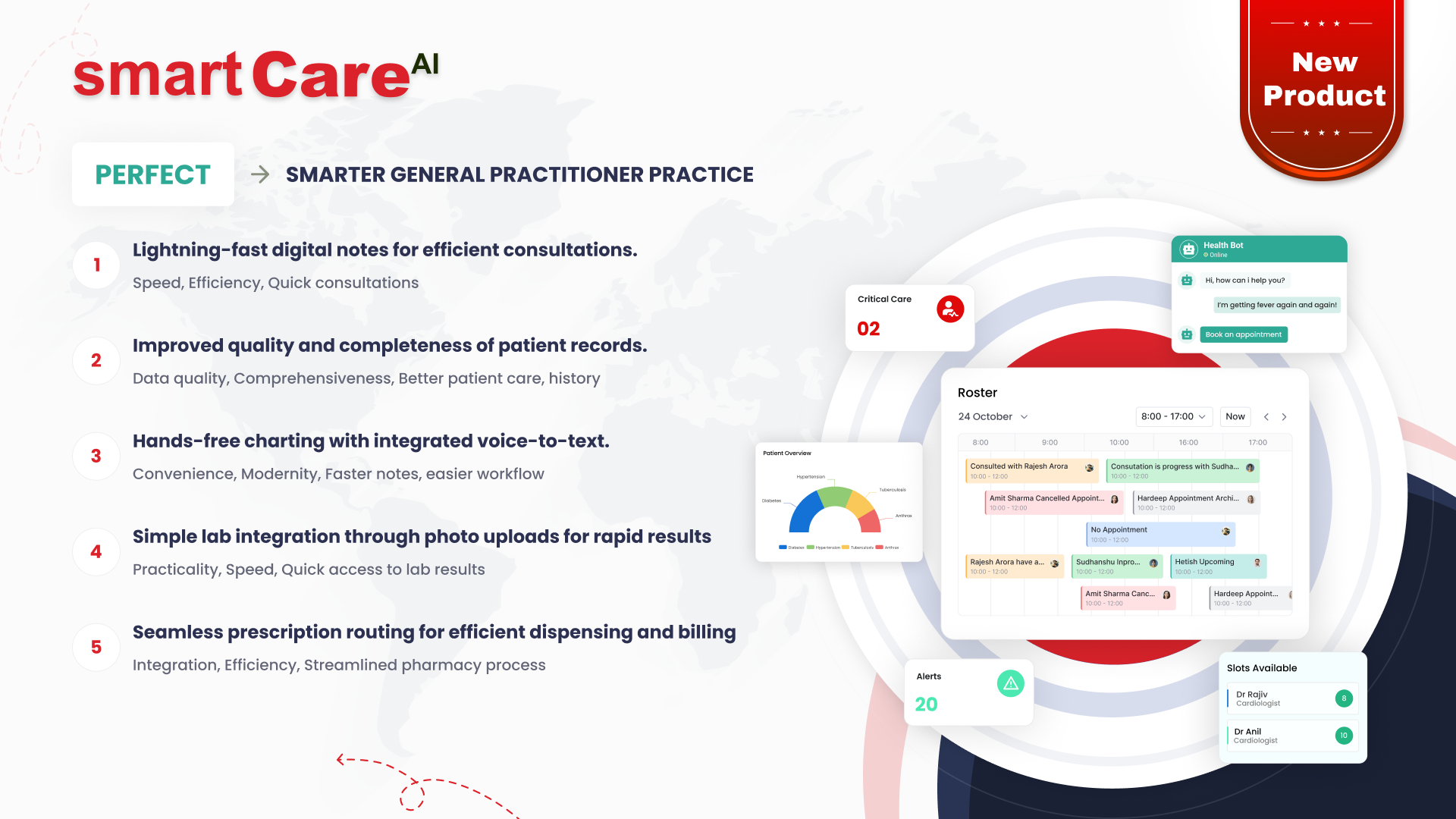
Posted On May 5, 2025
How to Navigate the Challenges of Healthcare Software Development Costs
Building custom healthcare software can be a major investment, both in time and money. From planning to launch, there are many moving parts that can influence the final cost. For healthcare providers and developers, understanding and managing these costs is essential to delivering high-quality, compliant, and sustainable solutions. Let’s explore how to navigate this complex process.
Understanding the Key Drivers of Healthcare Software Development Costs
Healthcare software is unique. It requires more than just coding — it must meet strict compliance standards, work seamlessly with existing systems, and protect sensitive patient data. Key cost drivers often include:
-
Compliance with regulations (HIPAA, GDPR, etc.)
-
Integration with hospital management systems and electronic health records (EHR)
-
User interface design tailored for medical staff and patients
-
Ongoing updates and support
Being aware of these from the start can help teams plan better and avoid costly surprises later.
How to Set a Realistic Budget for Healthcare Software Projects
One of the most common challenges is budgeting. Many healthcare providers underestimate the costs involved, especially for long-term maintenance and updates.
To set a realistic budget:
-
Break the project into phases (planning, development, testing, deployment, support)
-
Account for post-launch updates, security patches, and compliance changes
-
Involve experienced developers who understand healthcare needs
A detailed budget helps manage stakeholder expectations and provides clarity throughout the project.
Balancing Quality and Cost in Healthcare Software Development
Cutting costs may seem tempting, but in healthcare, quality cannot be compromised. Software bugs or downtime can affect patient safety and trust.
Here’s how to strike the right balance:
-
Focus on essential features first; add advanced functionalities later
-
Choose development partners who specialise in healthcare
-
Use agile development to test and refine as you go
Investing in robust architecture early on prevents costly fixes down the line.
The Role of Customisation in Increasing Development Costs
While customisation allows for tailored solutions that align with specific workflows, it can also increase development time and costs.
To manage this:
-
Clearly define which parts of the software need to be custom-built
-
Consider modular design to allow for future scalability
-
Use existing healthcare platforms and APIs when possible to reduce development time
Customisation should add value without creating unnecessary complexity.
Why Choosing the Right Development Team Can Save You Money
Your development team is the heart of the project. A skilled and experienced team can help avoid rework, delays, and compliance issues — all of which can inflate your budget.
Look for teams that:
-
Have prior experience with healthcare software
-
Understand privacy and regulatory requirements
-
Offer transparent pricing and clear timelines
A reliable partner can make all the difference in staying on track and on budget.
How to Manage Unexpected Costs in Healthcare Software Development
Even the most detailed plans can’t always account for the hidden surprises in software projects. Changes in healthcare regulations, new user needs, or unexpected bugs can lead to cost overruns. To manage these risks:
-
Build contingency into your budget – Allocate an extra 10–15% to handle unforeseen events.
-
Conduct regular reviews – Track progress and adjust timelines or features before they spiral out of control.
-
Use agile development – Breaking the project into smaller deliverables helps detect issues early, avoiding major reworks.
Planning for uncertainty is just as important as planning for success.
Strategies for Minimising Long-Term Maintenance Expenses
It’s tempting to cut corners in development to save up front, but poor foundations often lead to costly repairs. To reduce maintenance costs over time:
-
Invest in clean, well-documented code – This makes it easier to fix bugs or add features later.
-
Use scalable technologies – This prevents having to rebuild from scratch when user demand grows.
-
Conduct regular updates – Staying current with operating systems and security protocols prevents major disruptions.
Well-maintained software can save healthcare providers thousands in the long run.
Navigating Regulatory Requirements Without Breaking the Bank
Healthcare software must comply with local and international standards (e.g., HIPAA, GDPR), which often means additional development, testing, and documentation. Here’s how to manage the cost impact:
-
Work with developers experienced in healthcare regulations – This avoids costly rework and delays.
-
Plan for compliance from the start – Retrofitting regulations into a finished product is far more expensive.
-
Use reusable components and certified tools – These can simplify and speed up compliance.
Being proactive about regulations reduces both financial and legal risks.
Leveraging Open-Source Solutions to Reduce Development Costs
Open-source platforms and tools are often underestimated in healthcare development. While not always suitable for every case, they can offer great value:
-
Save licensing fees – Many open-source tools are free to use and modify.
-
Accelerate development – Use pre-built modules for functions like user management, encryption, or analytics.
-
Encourage collaboration – Developers can tap into large communities for support and updates.
However, ensure any open-source components comply with healthcare data protection standards.
How Proper Planning and Execution Lead to Cost-Effective Healthcare Software
Ultimately, good planning is the key to managing development costs. This includes:
-
Clear project goals – Define your must-have features versus nice-to-haves.
-
Detailed requirement analysis – Misunderstood needs lead to wasted time and effort.
-
Choosing the right partner – Work with a software development team that understands both tech and healthcare.
With solid planning and open communication, your project stays on track—both technically and financially.
Conclusion
Developing healthcare software doesn’t have to drain your resources. By anticipating hidden costs, maintaining smart coding practices, following regulations early, and exploring cost-saving tools, healthcare providers can build digital solutions that are both effective and affordable.
At smartdatainc.com, we focus on delivering reliable and scalable healthcare software tailored to your goals—helping you make smart choices at every step of the journey.
